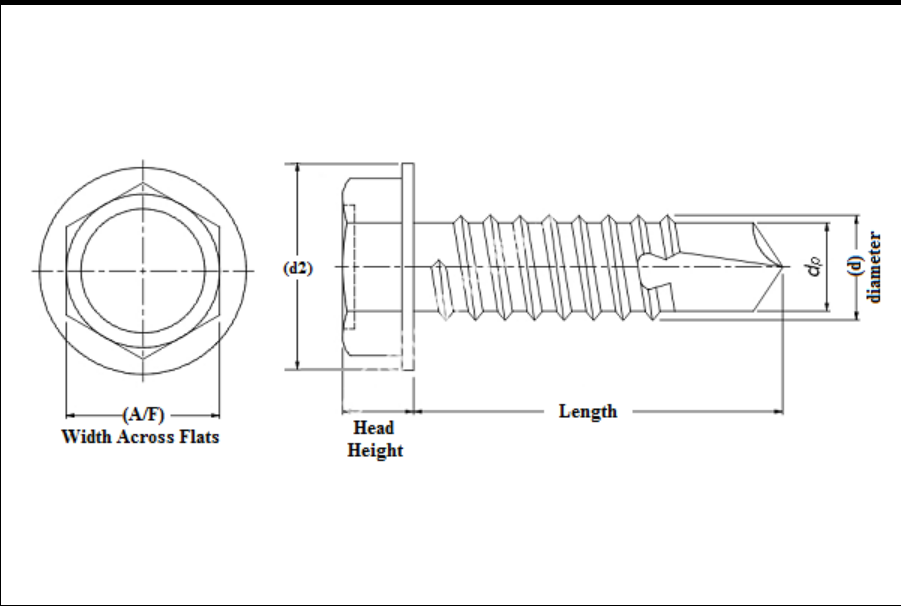flat washer standards service
Understanding Flat Washer Standards and Their Importance in Various Applications
Flat washers are essential components widely used in various mechanical and structural applications. Their primary purpose is to distribute the load of a fastener, such as a screw or bolt, over a larger surface area. This distribution helps prevent damage to the material being fastened and ensures that the assembly remains secure. However, not all washers are created equal. Understanding flat washer standards is crucial for selecting the right type for any given application.
What Are Flat Washers?
A flat washer is a thin, flat disc with a hole in the center, designed to be placed beneath a fastener's head or nut. Flat washers serve several key functions
1. Load Distribution They spread the load from the fastener over a larger area, minimizing the risk of material deformation and failure under load. 2. Surface Protection Washers protect the surface of the material from damage caused by the fastener. This is particularly important for softer materials, which can easily be marred or crushed.
3. Preventing Loosening With the right design, some washers can help prevent fasteners from loosening due to vibration or thermal expansion.
Standards Governing Flat Washers
Flat washers are manufactured under various standards that dictate their dimensions, materials, and mechanical properties. Some of the notable standards include
1. ANSI/ASME B18.22.1 This standard covers a range of flat washers that are commonly used in the United States. It provides specifications for sizes, tolerances, and material requirements.
2. DIN 125 A widely accepted standard in Europe that outlines the dimensions and tolerances for flat washers. DIN standards help ensure compatibility and quality in mechanical assemblies.
3. ISO 7089 This is an international standard that specifies the dimensions and tolerances for flat washers, making it easier to procure washers that fit with global manufacturing processes.
4. ASTM F844 This standard focuses on the requirements for various types of metallic flat washers, detailing their material properties and testing methods.
Each of these standards serves to ensure consistency and reliability in the manufacturing processes of flat washers, facilitating their use in critical applications.
Material Considerations
flat washer standards service

Flat washers can be made from various materials, each of which has distinct properties suited for different environments. Common materials include
- Steel The most common material due to its strength and durability. Steel washers may also be coated with zinc or other protective materials to enhance corrosion resistance.
- Stainless Steel Ideal for applications requiring enhanced corrosion resistance, such as in marine or chemical environments.
- Plastic Used in applications where electrical insulation or resistance to chemicals is necessary. Plastic washers are lightweight and can be designed for specific thermal properties.
- Bronze Offers good corrosion resistance and is often used in applications involving water or saline environments.
Selecting the appropriate material is critical for ensuring that the washer can withstand the operational conditions it will encounter.
Applications of Flat Washers
Flat washers are utilized across various industries, including
- Construction In building structures, flat washers are essential for securely fastening beams, columns, and other critical components.
- Automotive They are used in vehicles to secure components and ensure safety and reliability.
- Aerospace In aircraft construction, flat washers play a vital role in maintaining integrity under extreme conditions.
- Electronics Washers help in securing electronic components and provide insulation where necessary.
Conclusion
Understanding flat washer standards and their applications is vital for engineers, manufacturers, and technicians alike. Proper selection based on standards, materials, and environmental conditions not only enhances the performance and longevity of the assembly but also ensures safety and reliability in various usage scenarios. In an ever-evolving industrial landscape, staying informed about the latest standards and innovations in flat washer technology is crucial for successful project outcomes.
-
Top Choices for Plasterboard FixingNewsDec.26,2024
-
The Versatility of Specialty WashersNewsDec.26,2024
-
Secure Your ProjectsNewsDec.26,2024
-
Essential Screws for Chipboard Flooring ProjectsNewsDec.26,2024
-
Choosing the Right Drywall ScrewsNewsDec.26,2024
-
Black Phosphate Screws for Superior PerformanceNewsDec.26,2024
-
The Versatile Choice of Nylon Flat Washers for Your NeedsNewsDec.18,2024










